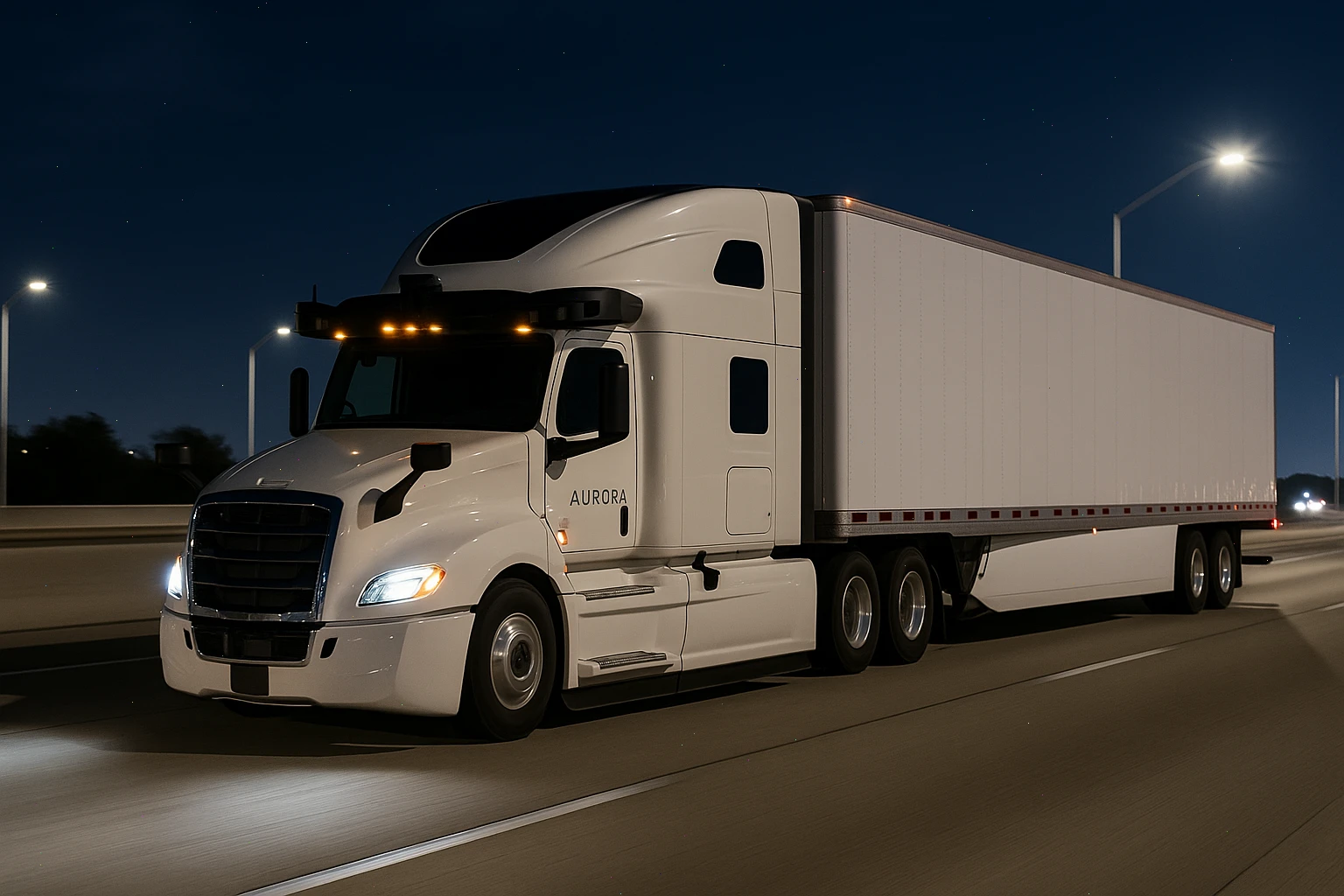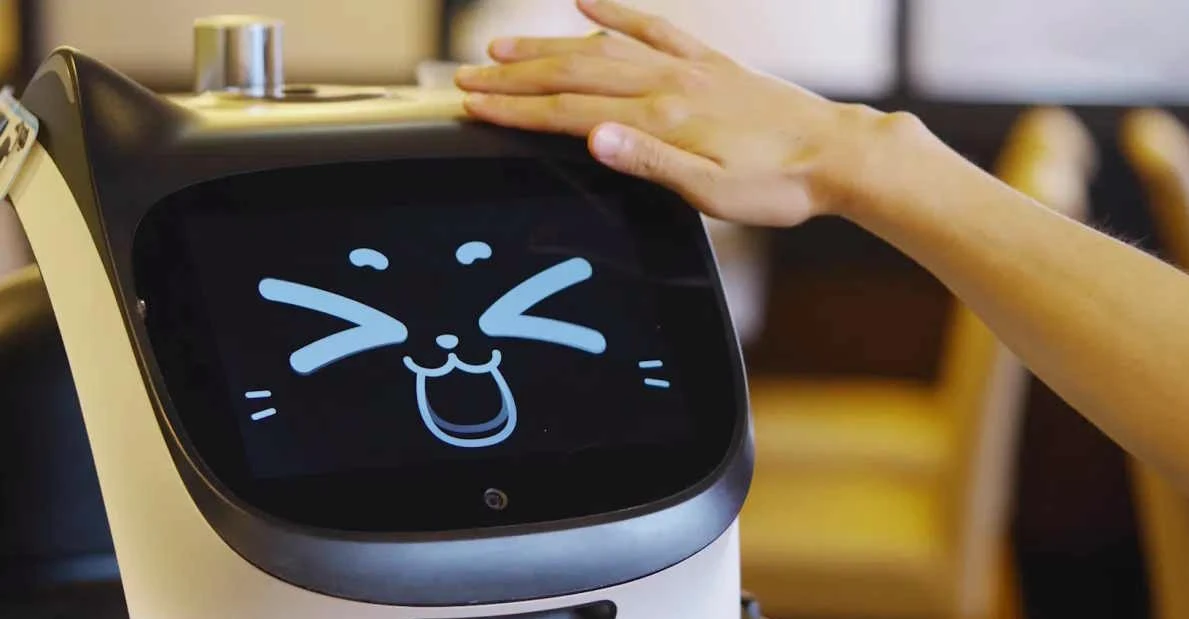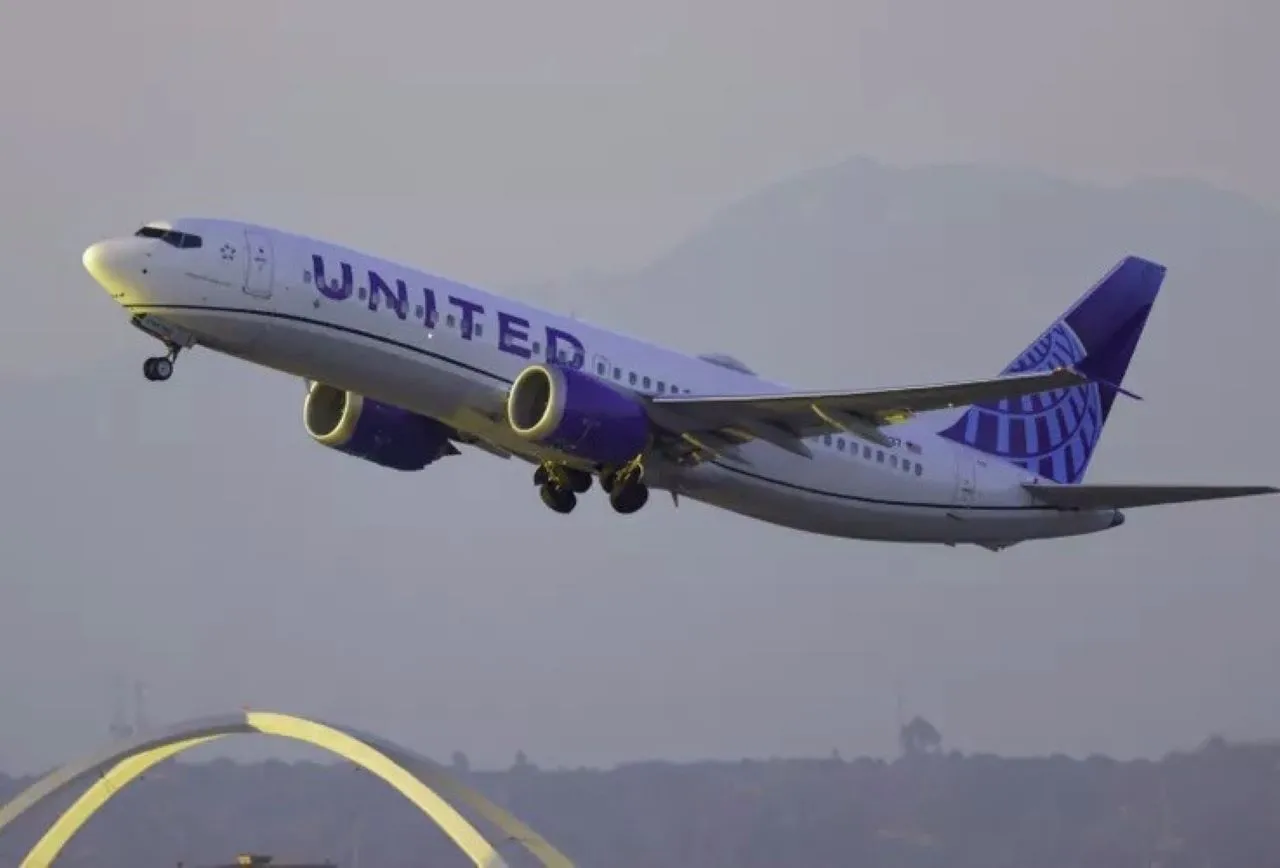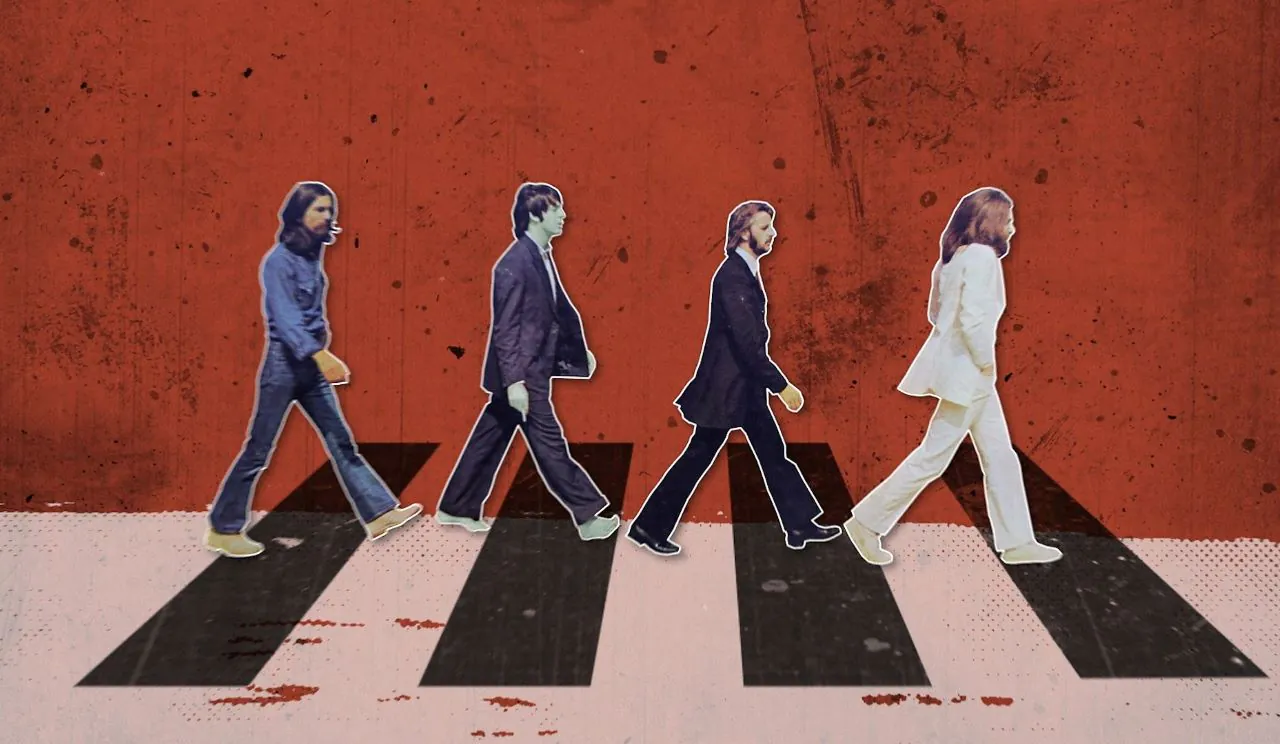Autonomous vehicle technology company Aurora Innovation is expanding its driverless trucking capabilities, building on the success of its initial commercial launch. The company announced plans to begin operating self-driving trucks at night and during adverse weather conditions such as rain and strong winds starting in the second half of 2025.
Expansion of Routes Beyond Dallas
In addition to enabling night driving, Aurora intends to grow its route network. Currently operating between Dallas and Houston, the company aims to extend its driverless freight service to El Paso and Phoenix. These developments were outlined in Aurora’s first-quarter shareholder letter and earnings call.
CFO Dave Maday emphasized the company’s drive for efficiency:
“We’d like to have a high return on asset for every truck that we have, and so we’ll try to drive efficiency to get as many miles on as many trucks as fast as possible,” he stated. “We should be able to double our drive time as soon as we unlock night. And that’s our next key milestone.”
Achievements in Driverless Freight Operations
Aurora has already been testing self-driving freight in night and inclement weather conditions, though these tests have included a human safety operator. Recently, the company completed more than 4,000 miles of freight transport using a driverless truck without a human on board. These operations were carried out for Hirschbach Motor Lines and Uber Freight, Aurora’s launch customers.
Since the commercial debut, Aurora has scaled up to two fully driverless trucks operating daily and anticipates increasing that number to “tens of trucks” by the end of 2025.
Leadership Changes and Business Strategy
This period of expansion coincides with significant leadership changes. Sterling Anderson, co-founder and Chief Product Officer, has stepped down. Despite this, the company remains focused on growing its autonomous freight service and has committed to providing more precise timelines for upcoming milestones.
Financial Performance and Revenue Expectations
Aurora reported $871,000 in pilot revenue from drivered commercial freight operations—a 22% increase quarter-over-quarter and a 54% increase year-over-year. According to Maday, Aurora will start recognizing both driverless and pilot revenue following its commercial launch.
“With our deliberate approach to launch, we expect our 2025 revenue to be modest, in the mid-single-digit millions,” Maday noted. “For modeling purposes, we expect revenue to build sequentially throughout the year.”
The company recorded $211 million іn operating expenses іn Q1, including $153 million allocated tо R&D. It used $142 million іn operating cash and $8 million іn capital expenditures, ending the quarter with nearly $1.2 billion іn cash and short-term investments. Aurora anticipates spending $175 million tо $185 million per quarter for the remainder оf the year.
Path Toward a Scalable, Service-Based Model
In the near term, Aurora plans to own, operate, maintain, and insure its own fleet of trucks for carrier clients. Some of these trucks will be integrated into the Uber Freight network. Aurora is also collaborating with Paccar and Volvo Trucks to mass-produce autonomous vehicles.
By 2027 or earlier, the company expects customers to purchase these vehicles directly from manufacturers. At that point, Aurora will transition to a driver-as-a-service model, targeting higher gross margins and a more scalable business structure.
